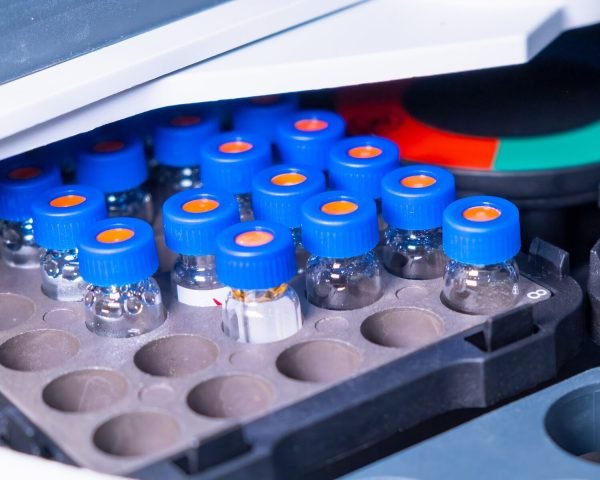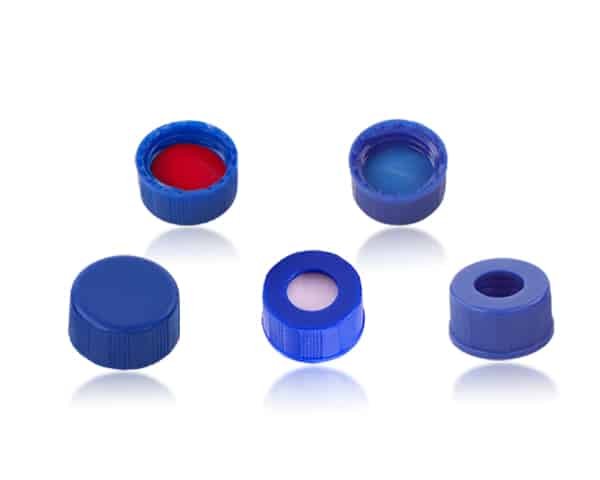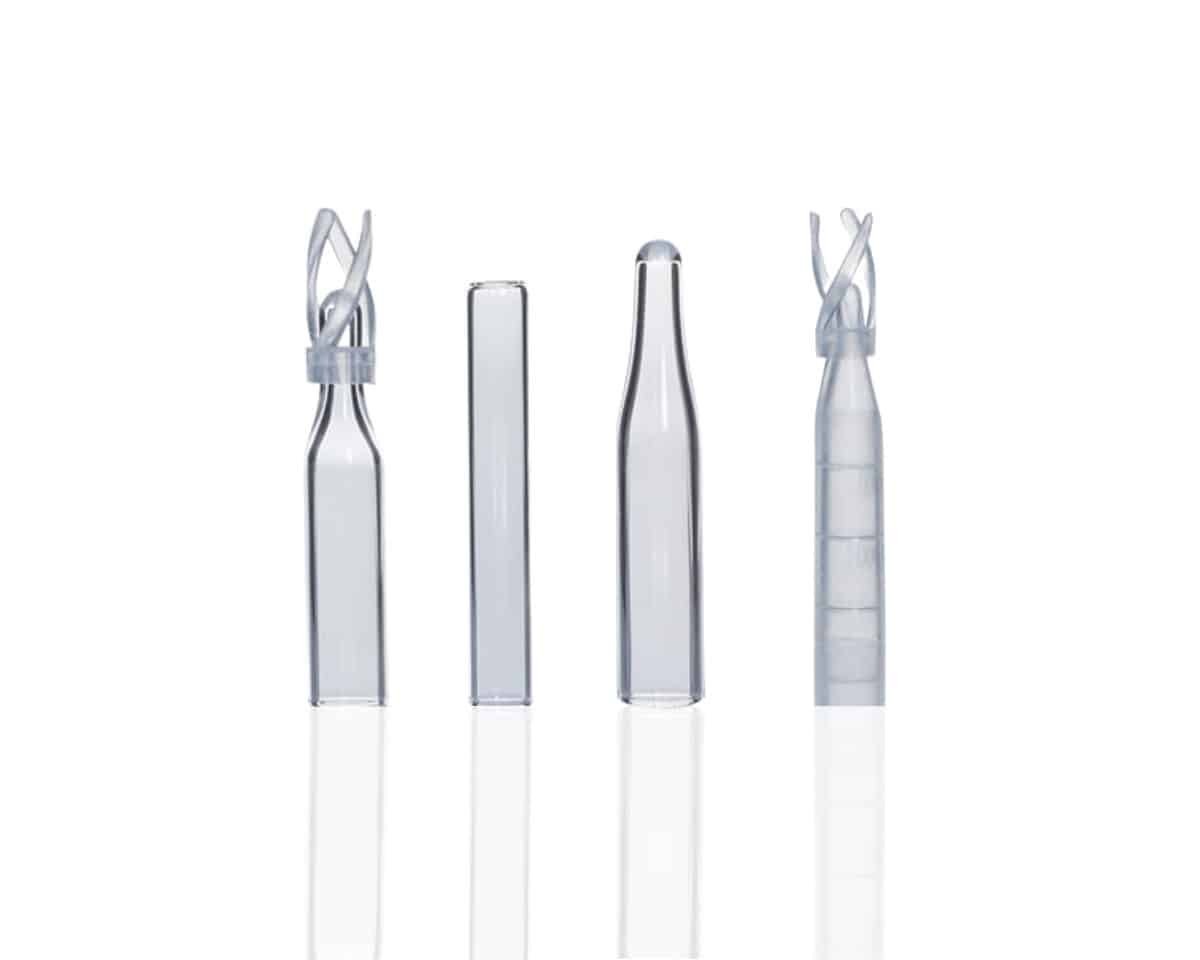Introduction
In modern biopharmaceutical research and microbial analysis, sterility is not optional—it’s essential. A single contaminated sample can compromise weeks of effort, distort results, and even risk regulatory rejection. This is where sterile HPLC vials come into play. Unlike standard vials, sterile vials are designed to maintain absolute cleanliness and prevent microbial contamination, ensuring your results reflect the sample itself, not external interference.
But when exactly should you use sterile vials? Are they worth the added cost? And how can you ensure sterility from production to analysis? Let’s dive in.
Applications Requiring Sterile Vials
Sterile vials are indispensable whenever biological integrity is critical.
Protein and Peptide Analysis
Proteins are highly sensitive to contamination. Using sterile vials ensures accurate characterization of stability, degradation, and binding.
Cell Culture Media Monitoring
When monitoring nutrient depletion or metabolite accumulation in cell culture supernatants, contamination-free vials guarantee reliable readouts.
Microbiological Assays
Any study involving live bacteria or fungi requires sterile conditions. Sterile vials prevent background microbial growth that could mask results.
Clinical and Diagnostic Samples
Serum, plasma, and cerebrospinal fluid analyses demand sterility to avoid false positives or misinterpretation.
Question for you: Would you risk introducing contaminants into your most delicate biological samples? If not, sterile vials are your safeguard.
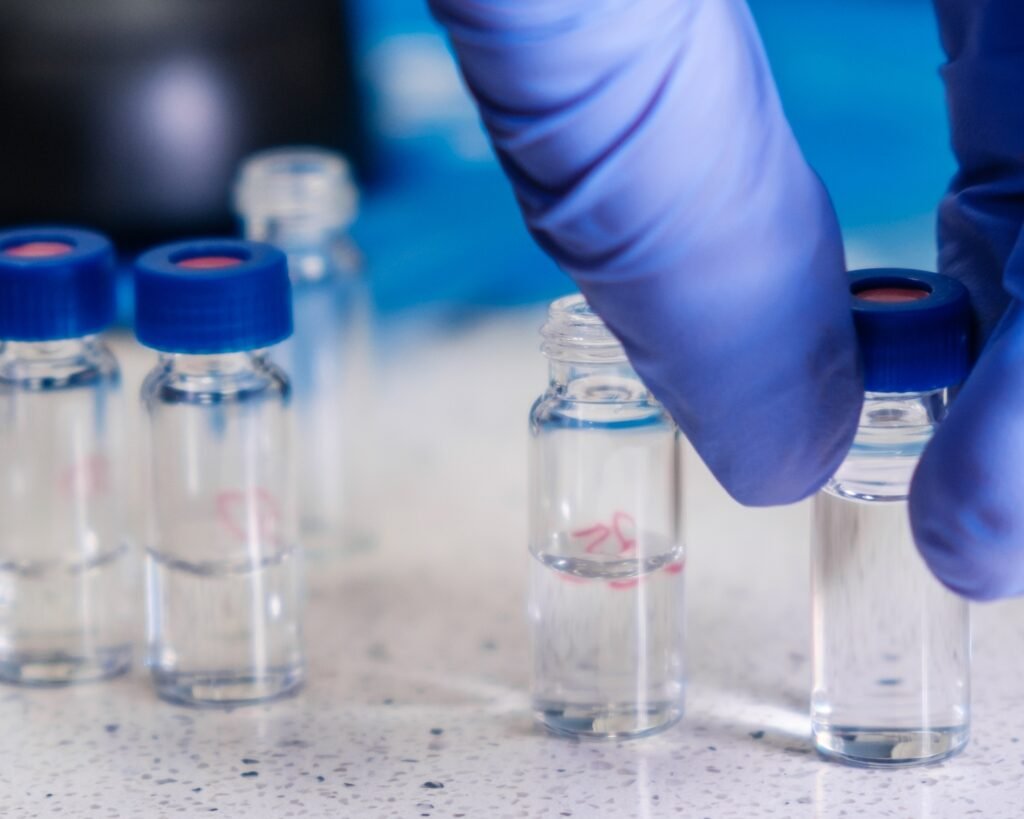

Manufacturing Process of Sterile Vials
Sterility doesn’t happen by accident; it’s engineered.
Gamma Irradiation (γ-rays)
A common sterilization method that penetrates deeply and effectively kills microorganisms without leaving residues.
Ethylene Oxide (EO) Sterilization
Effective at low temperatures, EO is ideal for heat-sensitive vials but requires careful aeration to remove residual gas.
Steam Sterilization (Autoclaving)
Uses high-pressure saturated steam; highly reliable but only suitable for materials that tolerate heat.
Cleanroom Production
Beyond sterilization, many sterile vials are manufactured and packaged in ISO-class cleanrooms to prevent contamination before use.
Key takeaway: Always check the sterilization method on supplier documentation, as each has advantages depending on your application.
Storage and Handling of Sterile Vials
Even the best sterile vial loses its value if mishandled.
Proper Storage
Keep vials in sealed packaging until use. Store at controlled temperature and humidity to avoid condensation or degradation.
Aseptic Handling
Open packaging only in sterile environments such as a biosafety cabinet or clean bench.
Avoiding Reuse
Unlike standard vials, sterile vials should never be reused; cleaning can compromise sterility.
Transporting Sterile Vials
Use sealed secondary containers to maintain sterility during transfer between labs.
Think about it: Have you ever lost data to sample contamination? Often, improper handling—not faulty vials—is the culprit.
Cost Considerations and Supplier Certification
Sterile vials come at a premium, but the cost is often justified.
Cost Factors
- Extra sterilization step
- Cleanroom packaging
- Shorter shelf-life compared to non-sterile vials
Certification Standards
Look for compliance with:
- USP <797> & <800> (United States Pharmacopeia sterility standards)
- ISO 13485 for medical device quality management
- ISO 11137 for gamma-irradiated products
Supplier Selection
Always choose reputable suppliers who provide Certificates of Analysis (CoA) and sterility validation reports.
Bottom line: Paying slightly more for certified vials is cheaper than losing an entire study to contamination.
Case Study: Ensuring Data Integrity in Biopharma QC
A global biopharma company once faced repeated inconsistencies in their QC testing of monoclonal antibodies. Despite strict protocols, microbial contamination was detected in several HPLC runs. Investigation revealed the cause: non-sterile vials used for critical assays.
After switching to certified sterile vials produced via gamma irradiation and cleanroom packaging, contamination issues disappeared. The result? Improved reproducibility, shorter QC cycles, and compliance with regulatory audits.
This case demonstrates how such a “small” consumable can make a huge impact on both science and business outcomes.
Conclusion
Sterile HPLC vials are not just consumables—they are guardians of sample integrity. Whether you’re analyzing delicate proteins, monitoring cell cultures, or working with clinical specimens, they ensure that your results reflect reality, not contamination.
By understanding applications, manufacturing processes, handling requirements, and certification standards, you can make informed decisions about when and how to use sterile vials. In the end, investing in sterility means investing in data accuracy, regulatory compliance, and lab efficiency.
Mastelf, with over 14 years of experience in chromatography vials since established in 2011, we can help you find the exact vials you need for your applications.
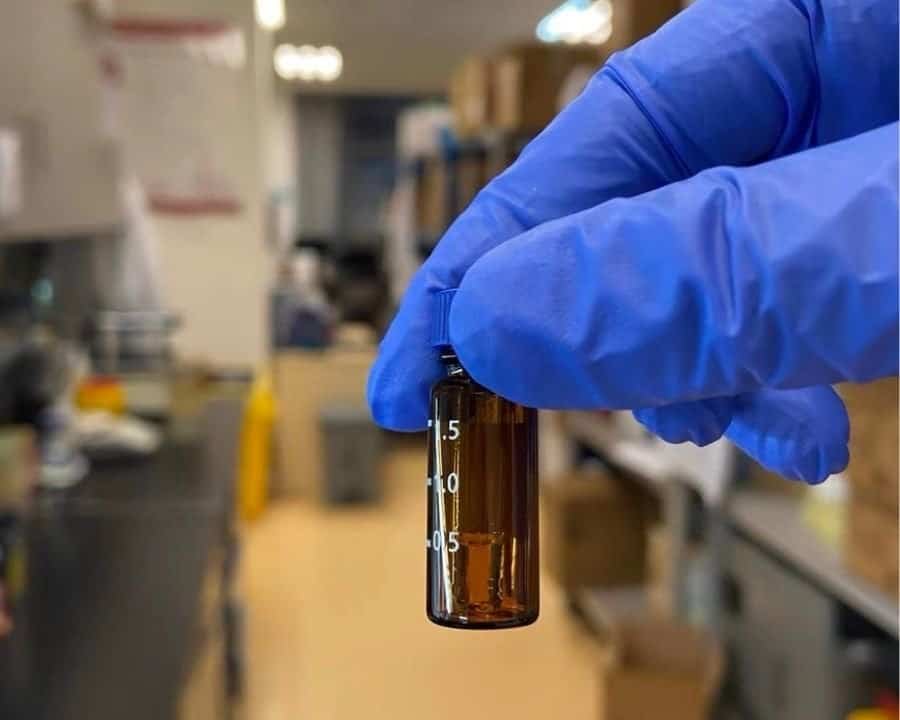

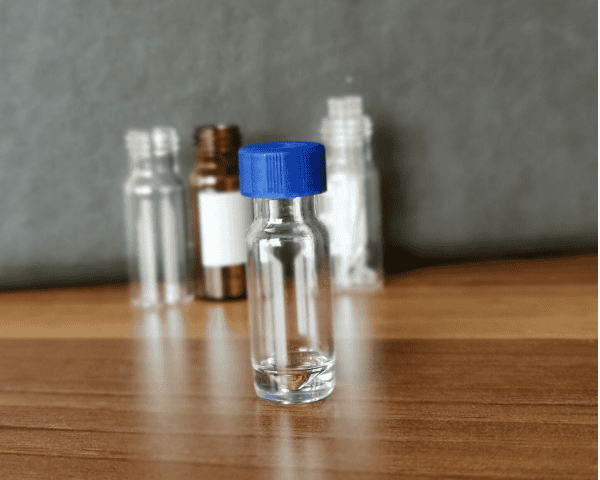
Our expertise ensures that you get reliable and precise products tailored to your specific requirements. Whether you’re in pharmaceuticals, research, or any other industry relying on HPLC, we understand your needs and are here to support you in making the right purchase.
Reach out to Mastelf, and let us assist you in procuring the perfect vials for your work.
Frequently Asked Questions (FAQ)
1. Do all HPLC applications require sterile vials?
No. Sterile vials are essential for biological, pharmaceutical, and clinical applications where microbial contamination could distort results. For purely chemical analyses (e.g., solvents, standards), non-sterile vials are usually sufficient.
2. Can I sterilize standard vials in the lab instead of buying pre-sterile vials?
Yes, in some cases. Standard glass vials can be autoclaved, but this adds risk of inconsistent sterilization and particle contamination. Pre-sterilized vials from certified suppliers are more reliable and validated.
3. How long do sterile vials remain sterile in storage?
Sterile vials typically have a shelf life of 2–3 years if kept sealed in original packaging under controlled conditions. Always check the manufacturer’s label for expiration dates.
4. Are sterile plastic vials as effective as sterile glass vials?
It depends. Glass vials provide better chemical resistance and lower adsorption, while plastic vials are lightweight and resistant to breakage. Both can be supplied sterile, but the choice depends on sample chemistry and handling needs.
5. What’s the most common mistake labs make with sterile vials?
Opening sterile packaging outside of a controlled environment (like a laminar flow hood). Once exposed, sterility can be compromised—even before the first use. Always practice aseptic technique.

